10 Best Crypto Exchanges for Day Trading


The cryptocurrency market is characterized by its 24/7 price action and volatility, offering trading opportunities for day traders globally. Although filled with opportunities and possibilities, it is indispensable to research carefully before selecting the right Crypto Exchange for day trading.
According to the 2024 Annual Crypto Industry Report published by CoinGecko, the average crypto market trading volume in 2024 Q4 stood at $200.7 billion, a 128.2% increase from Q3’s $88 billion. The total crypto market cap almost doubled in 2024, increasing by 97.7% and peaking at $3.91 trillion in mid-December.
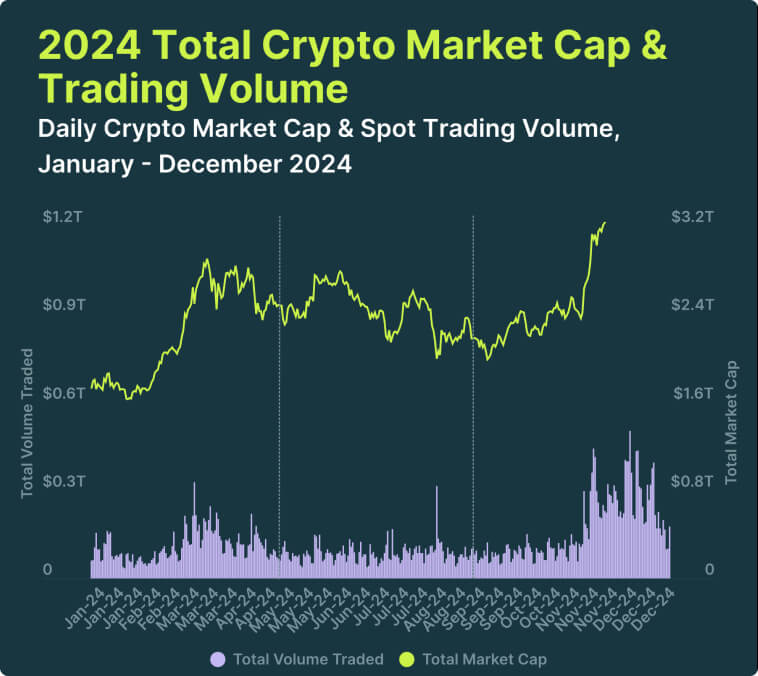
This scenario of fast growth, institutional adoption, and retail enthusiasm attracts even more regulatory scrutiny and sophisticated cyber threats from bad parties. Choosing the best exchange to trust your funds is now more critical than ever before.
In this article, we will explore the nuances of cryptocurrency day trading and dissect the main criteria for evaluating exchanges. While exchanges provide the infrastructure for buying and selling digital assets, proprietary trading firms operate quite differently, offering the opportunity for traders to use the firm’s capital to employ their strategies in financial markets. If you’re interested in prop firms, we have an article discussing the best crypto prop trading firms for funded crypto traders.
Crypto day trading is a strategy in which traders buy and sell cryptocurrencies within the same day, aiming to capitalize on short-term price swings. Unlike swing and position traders, day traders close out all positions before the end of the daily session, avoiding overnight risks.
Day trading is one of the most challenging market strategies in crypto trading, especially given the volatile nature of this market. Unlike the stock market, the crypto market is open 24/7, which means the concept of a “trading session” in these markets differs from the same concept in more traditional markets.
A typical day in the life of a crypto day trader would be composed of the three main elements below:
For any day trader, the day is filled with fast-paced decision-making and positioning orders, but that can be even more intense for day traders in the crypto market. For this reason, choosing the right exchange is so important. A bad platform can lead to slippage, missed opportunities, and even loss of money. The ideal exchange offers low latency, high liquidity, and robust tools adapted to fast-paced activity, such as scalping trading.
Selecting the right exchange is vital for your success as a day trader. The most important criteria to be taken into account before making a decision include:
In a fast-paced environment such as intraday price action, liquidity can make or break you as a trader. Liquidity refers to how easily an asset can be bought or sold without causing a significant impact on price. Exchanges with high liquidity tend to have higher trading volume, meaning there are always enough buyers and sellers on the market to ensure trades are executed at the desired price with minimal slippage. Lower liquidity levels result in trades not being filled or executed at undesirable prices, largely impacting profitability. For day traders, high liquidity facilitates a quick and efficient execution of orders. You can assess an exchange’s liquidity by checking the 24-hour trading volumes on websites such as CoinGecko and observing the order book depth for specific pairs.
Commissions and fees can significantly impact the profitability of traders, and that is especially true for day traders, who tend to execute orders more frequently than swing and position traders. Crypto exchanges may apply different types of fees, such as:
You must carefully compare the commission structures of different exchanges to ensure that costs and charges do not eat into your trading profits.
Trading tools and platforms directly impact your experience and efficiency as a trader. In day trading, it is critical to be able to use various order types—market, limit, stop-loss, and stop–limit—as well as advanced charting tools with customizable timeframes and technical analysis indicators such as moving averages, RSI, MACD, and Fibonacci retracements. Day trading also requires a multi-timeframe analysis, so it is critical to use a platform that allows you to observe the macro and micro in price action.
Binance, for example, stands out with its wide range of tools, including high-leverage futures, grid trading bots, and charts powered by TradingView, one of the best platforms in the charting business.
When deciding on the best exchanges for trading cryptocurrencies, factors such as liquidity, fees, and trading tools must be always considered.
You are now aware of the importance and factors to consider when choosing the right cryptocurrency exchange to increase your chances of success in day trading. The summary below provides an overview of the 10 best exchanges in the current crypto environment, highlighting their main strengths and weaknesses.

Known as the world’s largest crypto exchange by trading volume, Binance offers an array of cryptocurrencies and trading options. It is the go-to platform for beginners and the top choice for day traders due to the extensive features it provides.
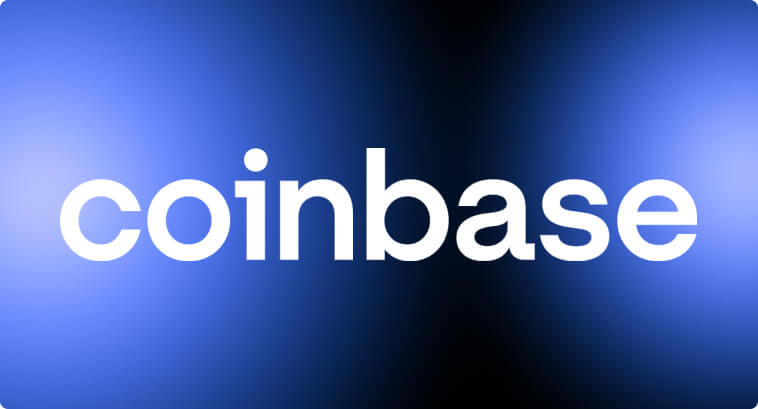
Coinbase is a popular choice for U.S.-based traders. It has a strong emphasis on security and regulatory compliance, being known for its user-friendly interface and support for fiat-to-crypto transactions.
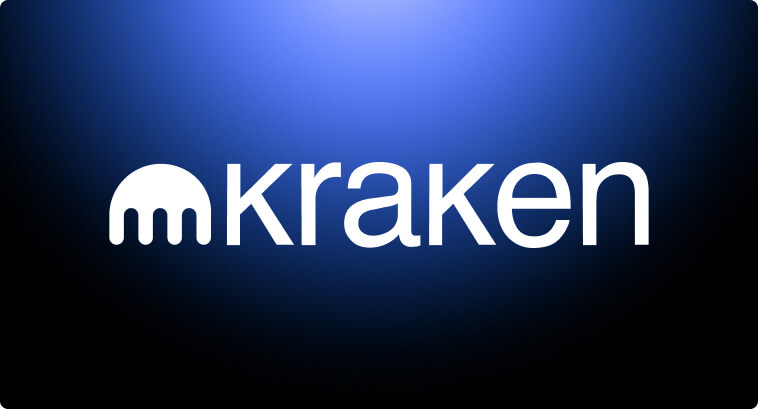
Kraken is one of the most reputable cryptocurrency exchanges in the world. It is recognized for its reliability and security. Offering a variety of trading options, it has a strong focus on efficiently serving individual and institutional investors.
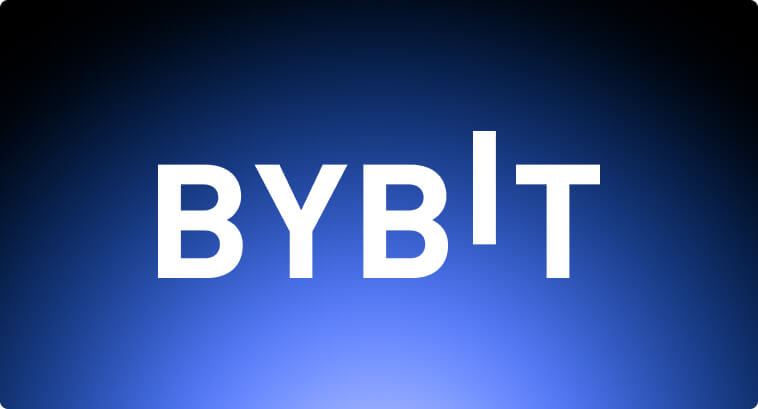
Bybit is an exchange focused on derivatives. It has gained enormous popularity among users due to its user-friendly platform and interface. Bybit is a popular choice among margin traders, due to its leverage options.
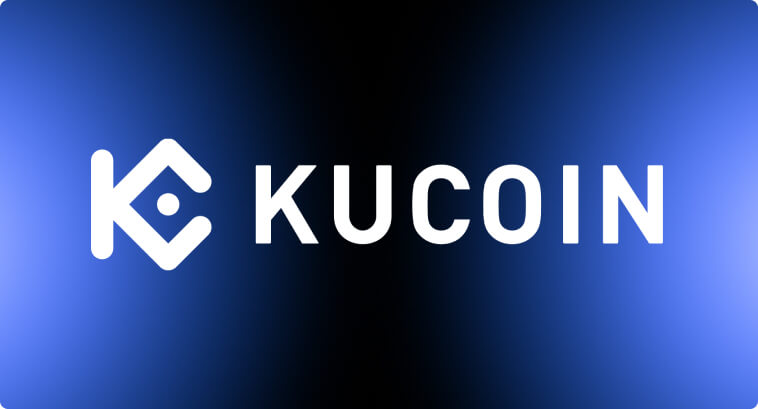
KuCoin is a crypto exchange launched in 2017 with a wide selection of altcoins and advanced trading features like spot trading, margin trading, P2P fiat trading, and futures, making it one of the best platforms for day traders.

Established in 2017, OKX is known to be a versatile platform that provides a wide range of trading options.
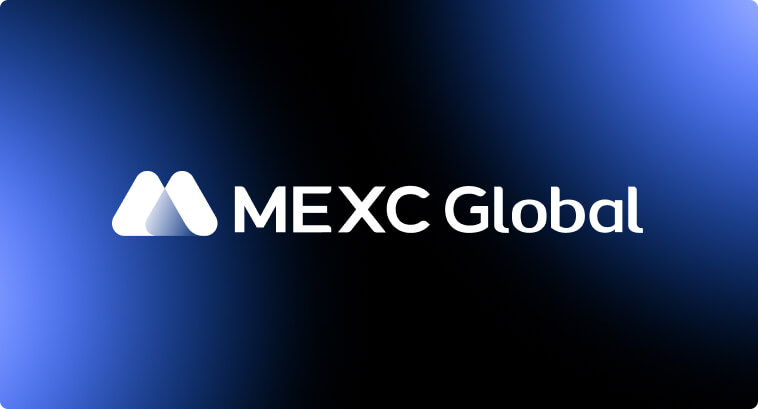
Founded in 2018, MEXC is a centralized crypto exchange known for its low fees, accessibility, and wide range of trading pairs.
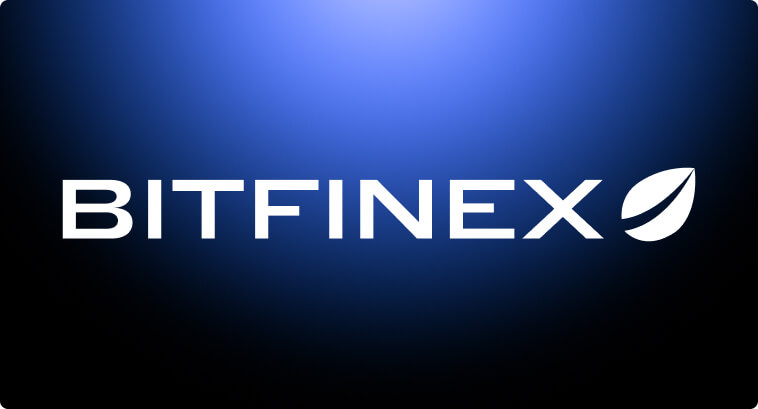
Bitfinex was established in 2012 and is registered in the British Virgin Islands. It is known for its margin trading options and is considered a good choice for more experienced traders due to its advanced features.
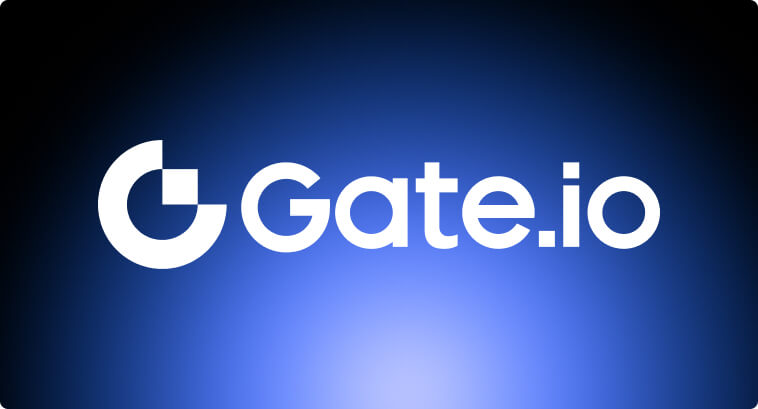
Gate.io is a centralized crypto exchange first established in 2013 and currently registered in Panama. It is also celebrated due to its wide selection of altcoins and trading options.
Although filled with opportunities and revolutionary aspects, the cryptocurrency market has had its share of scandals in the last decade. Major hacking incidents serve as reminders of the risks involved with the management of digital assets by exchanges. In 2016, Bitfinex suffered a hacking attack that led to millions of dollars worth of cryptocurrency being subtracted from users’ funds. Other similar events, like the FTX scandal in 2022 and the Bitstamp scandal in 2015, should alert you to how important security concerns are when choosing an exchange. Always consider the security measures an exchange provides before using crypto.
Crypto exchanges are custodians of a significant amount of user funds, making them the main target of cybercriminals. The most reputable exchanges employ a variety of security measures, such as cold storage of digital assets – keeping them offline and away from hackers –, two-factor authentication (2FA), and encryption of data in transit and at rest. The most trustworthy crypto exchanges have regular security audits, vulnerability assessments, and bug bounty programs to help identify and fix any security flaws. When evaluating an exchange, always check for their security certifications – SOC 1, SOC 2, ISO 270001 – and check their security score on www.cer.live, which is one of the most reputable sources for crypto exchange security checks.
From the exchanges we have explored above, Coinbase and Binance actively employ measures such as 2FA and insurance to cover unexpected events. Although Bitfinex was the center of a major hacking incident in 2016, it has enhanced its security protocols ever since and has been actively working alongside U.S. authorities to effectively reimburse its affected users.
When choosing the ideal exchange, it is good to keep in mind that their availability varies due to different regulations and laws around the world. The United States, for example, has specific regulations that result in several of these platforms not being available in the country, which is the case for Binance Global, KuCoin, and Bybit. Exchanges like Coinbase and Binance.US focus primarily on the US market, placing a much higher emphasis on full compliance with US laws. In Asia, the regulatory scenario is very diverse, with countries like Singapore and Japan having a more established framework for crypto trading, whereas others have imposed more strict restrictions, like China. Exchanges such as OKX have a strong presence and user base in Asia, highly tailoring their services and regulatory compliance to the nations in that continent.
Most exchanges are also heavily invested in compliance with Anti-Money Laundering laws, often requiring KYC verification from their customers. The specific verification differs based on the user’s country of residence and chosen exchange. Some countries have a more strict regulatory scenario than others, resulting in additional restrictions on trading, deposits, and withdrawals. It is essential to ensure that the chosen exchange complies with local laws and that they are allowed to operate in your country, based on their compliance with the local requirements.
Your specific needs as a trader and the local regulatory environment tend to dictate which crypto exchange you will be working with. Beginners might prioritize exchanges that offer platforms that are user-friendly and educational resources – such as Binance – while experienced crypto day traders may focus on low trading fees and high-leverage options. The capital you have available for trading should also be taken into consideration, as some exchanges structure their fees according to your trading volume, offering lower fees for those who employ more capital in their trading.
At the end of the day, careful consideration of key factors such as liquidity, security, fees, regulatory compliance, geographic availability, and tools are essential to pick the most optimal exchange for your needs. There is no single exchange that is recognized as the “best crypto day trading platform,” but each comes with its traits and rules that may be a better match to your trading style, preferences, and risk tolerance. Before committing to a single platform, open a demo account and test their tools, order entry process, trading speed, availability of educational material, and customer support. Once you are in, start with a small amount of capital before scaling up your trades and employing more complex strategies. Be cautious and aware of the risks involved, and always continue to educate yourself.